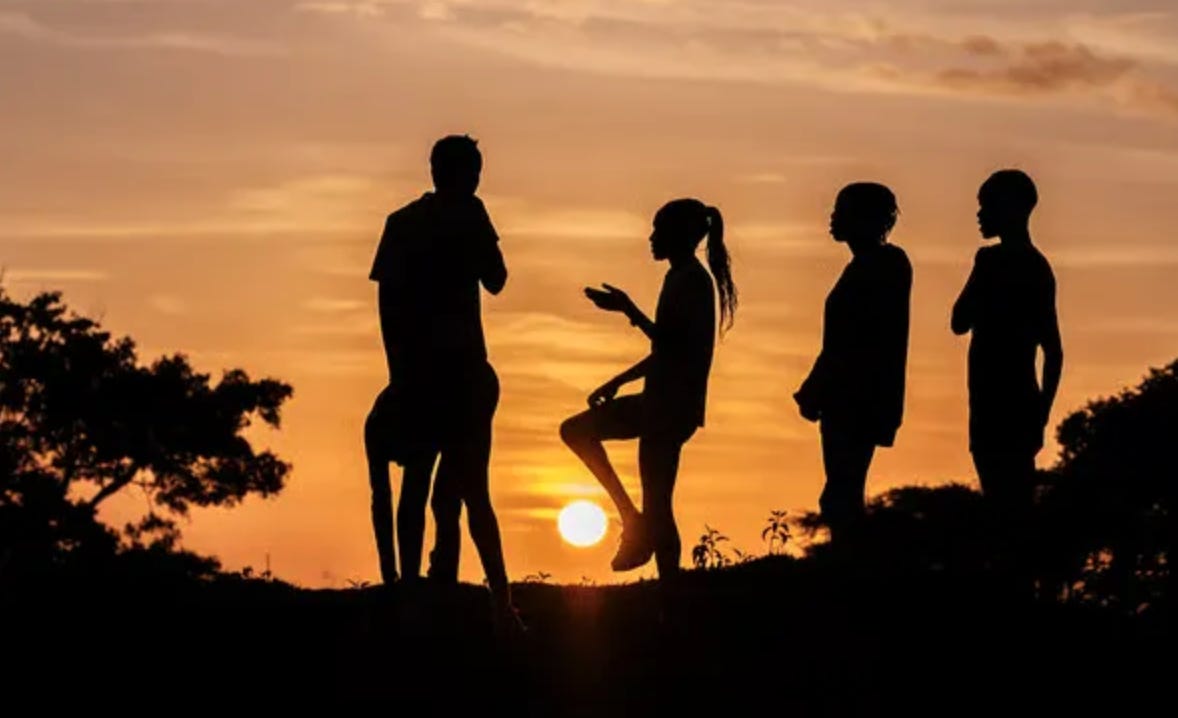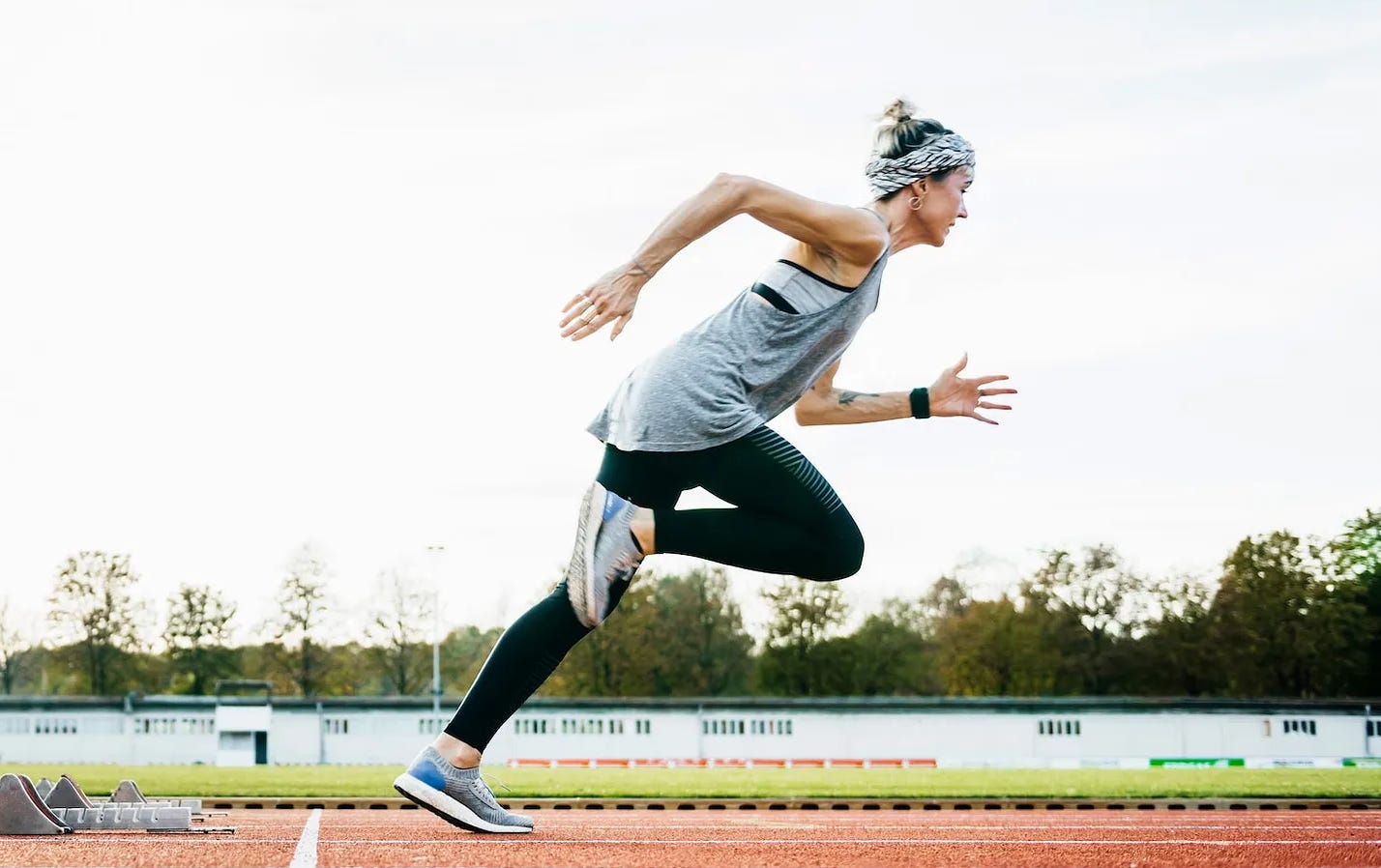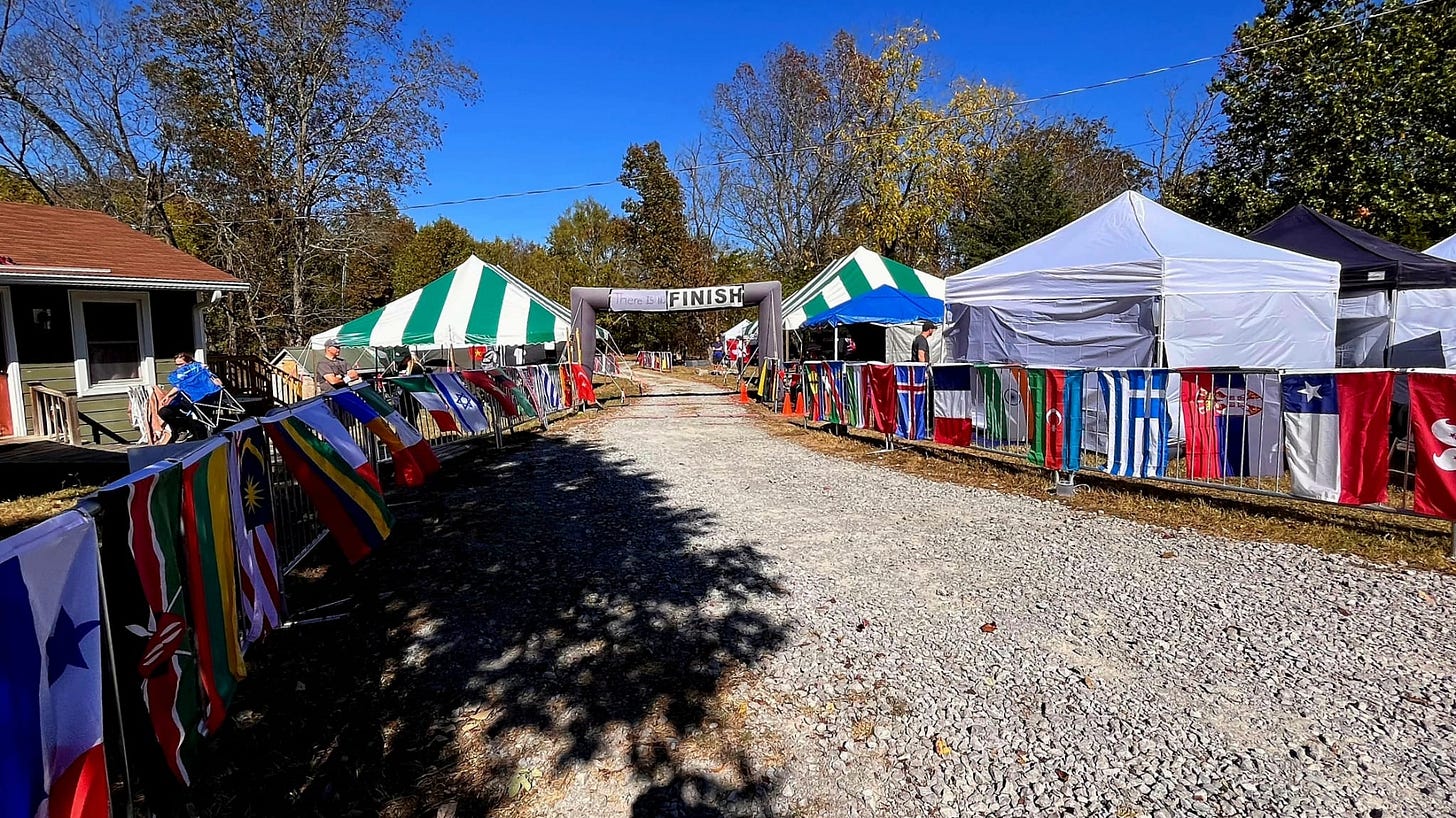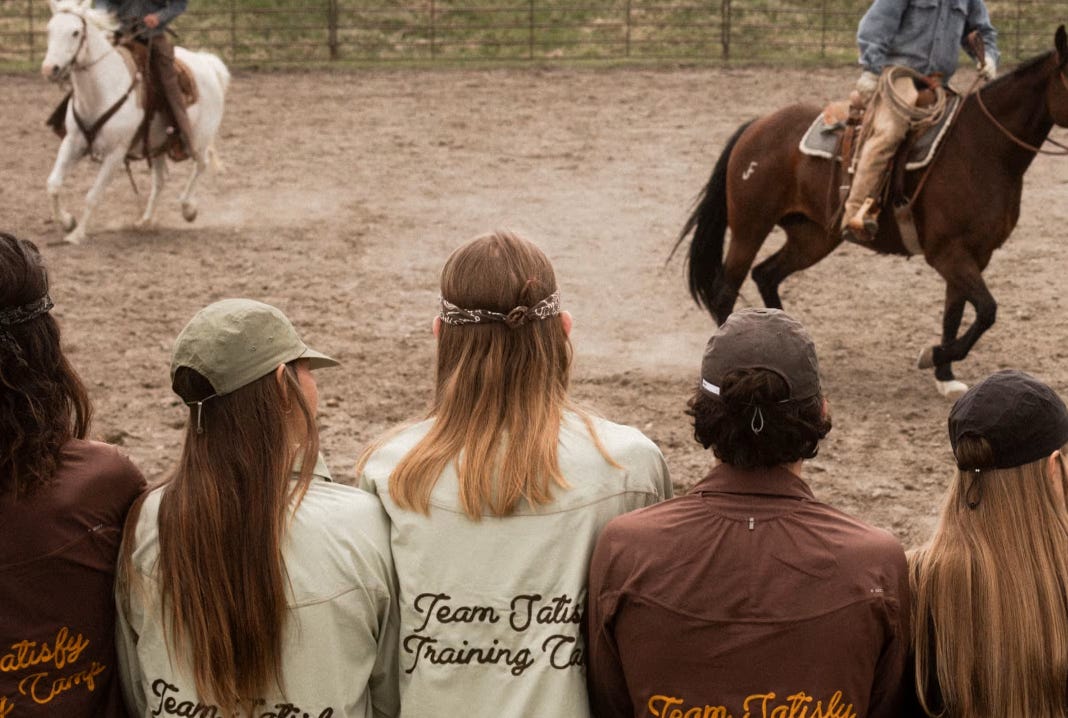Heya and welcome back to Five Things Running!
Last week I didn’t run at all due to this annoying cold I’ve been battling with for the last week and a half. How annoying! I hope your running was better last week!
I did spent some time reading about running and watching running videos. This week’s Five Things Running turned out to be a really nice compilation, methinks.
One video I watched really saddened me. Michael Krajicek, the founder of Atreyu Running, explained why he needed to shutdown the company. I ordered a pair of the first release of Atreyu shoes and while I liked the brand, the shoes were not cushioned enough for me and therefore I didn’t run much in them. Still, I was rooting for Atreyu to establish itself as a veritable running shoe brand. I’m curious what Michael will do next!
Here’s this week’s Five Things Running!
The Curse of Kenia’s Long-Distance Runners
Tales of rags-to-riches-to-tragedy are not uncommon in sport, but Kenya’s poverty, its concentration of talent, and endemic corruption mean the forces pushing back on those who have “made it” are exceptionally strong. While researching this piece, I spoke to more than two dozen Kenyan athletes, coaches, agents and other close followers of the sport. They painted a picture of a world where successful runners are seen as easy prey. Female runners often attract unscrupulous men who seek to commandeer their winnings; male runners frequently fall victim to business scams. Men are also more prone to self-destruction, distracted by fast cars, alcohol and sex.
Reading this article was pretty painful: all the hope and success and then all the despair and tragedy.
Wearable Tech is Good. But Listening to Your Body Is Still Better.
The new study, which is published in the International Journal of Sports Physiology and Performance, compares seven different ways of calculating training load. Four of them are variations on a concept known as TRIMP, which is short for “training impulse” and is based on heart rate measurements, using equations that account for lactate levels, breathing thresholds, and other details. A fifth uses heart-rate variability, and a sixth uses a subjective rating of effort. (Most fitness wearables, by the way, likely use a combination of the above methods, though their exact algorithms are typically proprietary.) The seventh method is the NASA questionnaire, which we’ll come back to.
I’m a big fan of my Oura ring, but after a week of feeling miserable and battling a cold while the ring declares that I’ll be having yet another great day, I am beginning to have my doubts about the devices that measure my performance.
Is the Future of Backyard Ultras Niche or Global?
Born from a humble "friends and family" event in 2011, the Backyard Ultra has experienced remarkable organic growth. Today, around 500 such events take place annually across the globe, with an impressive 61 nations represented at the individual world championships. These numbers are even more striking when you consider the format's almost complete lack of traditional marketing and the small, dedicated team behind its rise, spearheaded by the enigmatic Lazarus Lake.
Only recently has the team decided to invest time into regularly producing “official” content through the creation of the Backyard Weekly, a weekly podcast providing updates about Backyard events happening all over the world along with short talks with some of the. Nonetheless, the long-standing absence of official media has allowed dedicated fans to fill in the gap through the creation of an interview-based podcast podcast and book, allowing the audience to more regularly interact with the Backyard Ultra world.
While I doubt that any format that takes longer than 3 hours will ever truly hit mainstream, because not enough people will ever have the time to watch this, I think Backyard Ultras are a much better format for videostreaming than those 100 milers through the desert without any cellphone reception. Aside from that, I would enjoy watching Backyard Ultras when the streaming is enhanced with the watch together functionality powered by my portfolio company Sceenic (shameless plug).
The Tastemakers in Trail Running
Tastemakers are individuals who significantly influence popular culture and trends, shaping how others think, act, and experience the world. Tastemakers often have strong aesthetic or cultural sensibilities and can shape trends by curating, promoting, or endorsing certain styles, artists, or products before they go mainstream.
They notice what many miss and their personal curation attracts the attention of others. In short, tastemakers help define what’s “cool,” “valuable,” or “worth paying attention to” before the broader public catches on.
For once, ChatGPT is spot on with this definition, but when
compiled the list, he somehow failed to mention me. I guess I need to make more selfies while running. Or warming up. Or drinking coffee.Satisfy – the sports brand where trail running meets rodeo
Satisfy taps into a growing consumer group who socialise as they exercise: Strava’s Year In Sport 2024 report found that 58 per cent of people using the app made new friends through fitness groups last year. Many are increasingly seeking kit that can be worn both at the gym and in the workplace, and there’s been a growth in collaborations that have seen brands such as Grace Wales Bonner (with Adidas) and Aimé Leon Dore (with New Balance) leveraging sportswear as a fashion look. Hiking labels, including Klättermusen and Arc’teryx, have also begun offering city-ready solutions.
It’s so cool that a brand from Paris is embracing western style and is mixing it with punkrock. And running. At the same time, I am not style-conscious enough to buy their overpriced apparel. I know that I look cool no matter what.
Thanks to COROS for supporting this publication!
If you missed last week’s edition, you can read it here:
Now, go running!
— Nico
🏃🏻♂️







